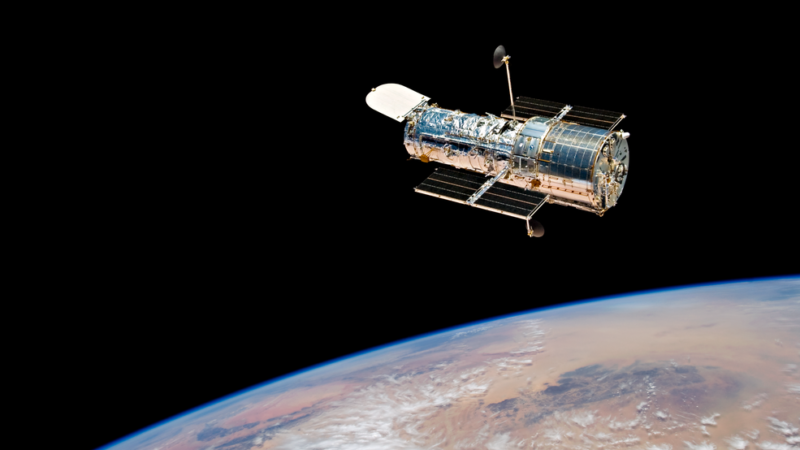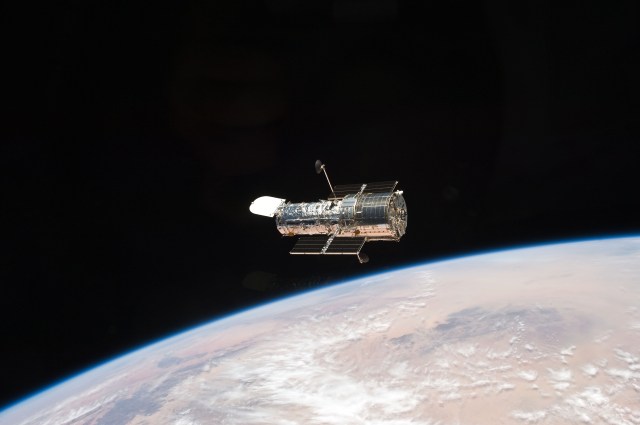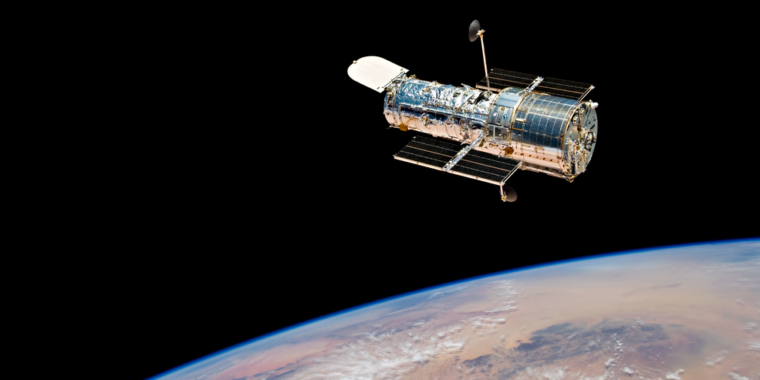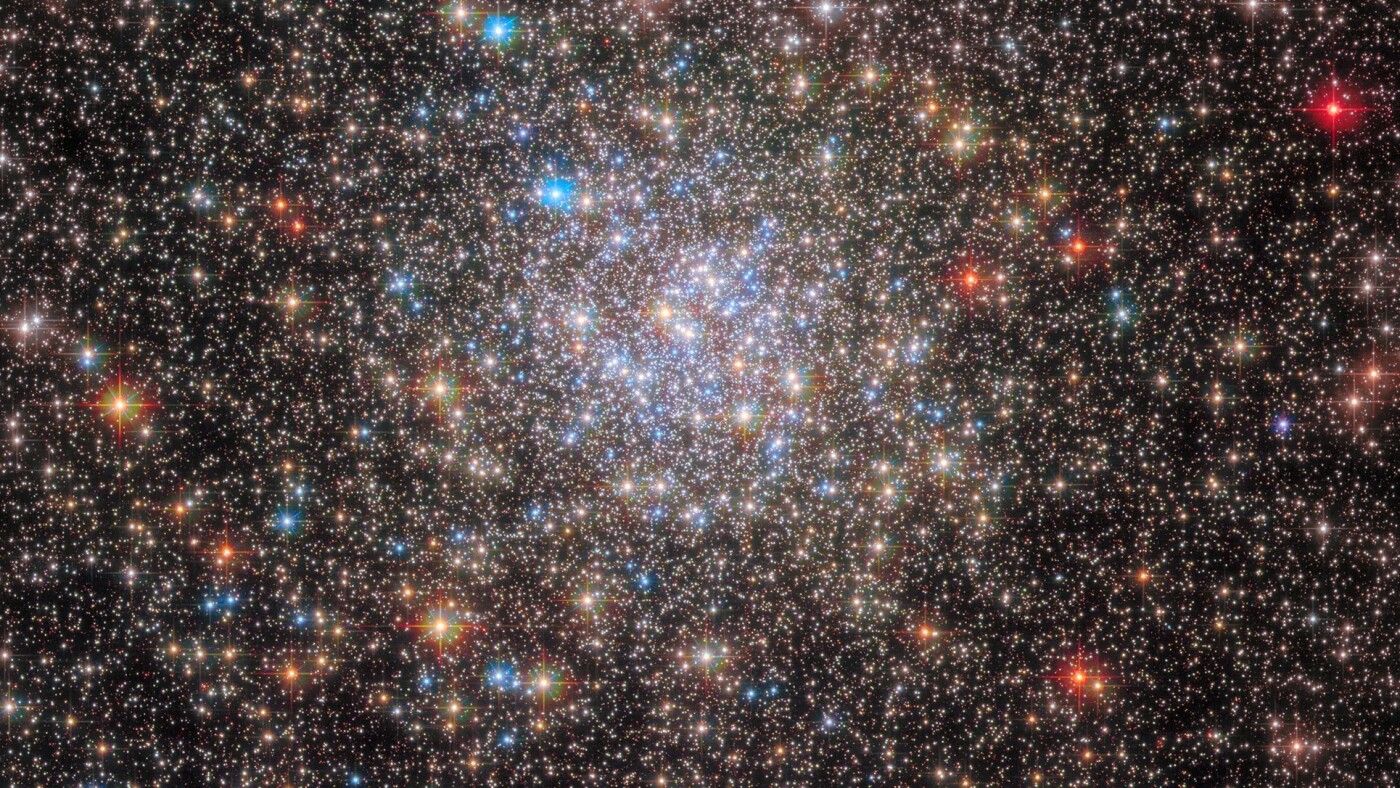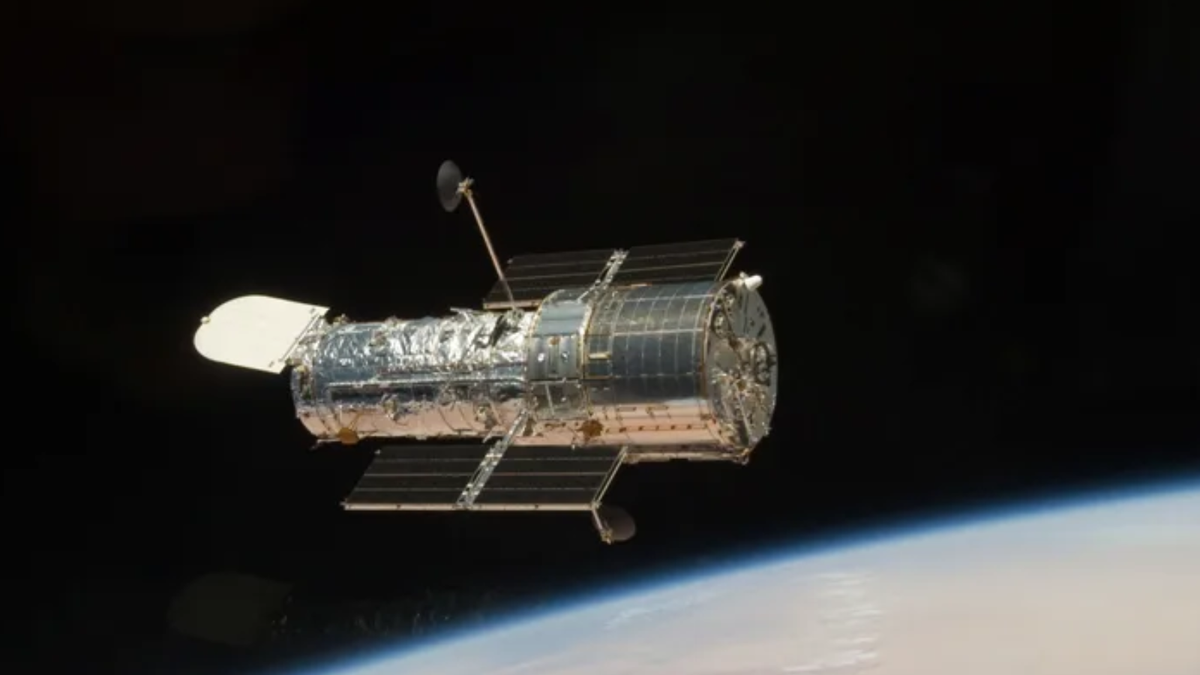
The Hubble Space Telescope, a renowned observatory that has been in orbit since 1990, is facing new challenges as it enters a new phase of its operation. Due to the failure of multiple gyroscopes, NASA has announced plans to shift the telescope into one-gyro mode. This change will allow Hubble to continue making scientific observations with some limitations.
The Hubble Space Telescope has been experiencing issues with its gyroscopes for quite some time. In May 2024, the observatory went into safe mode due to an anomaly detected in one of its gyroscopes. With only two functioning gyros remaining out of six, NASA decided to transition Hubble into a new operational mode: one-gyro mode.
One-gyro mode imposes some limitations on the telescope's capabilities. For instance, it will take longer for Hubble to switch targets and observe certain parts of the sky. Additionally, it will not be able to track moving objects closer than Mars, including Venus and the Moon.
Despite these limitations, NASA remains optimistic about Hubble's future in space exploration. The agency expects that mid-June will see the resumption of science operations in one-gyro mode. Hubble is anticipated to continue making new cosmic discoveries alongside other observatories such as the James Webb Space Telescope and the Nancy Grace Roman Space Telescope for years to come.
The Hubble Space Telescope has already exceeded its expected design lifetime, having observed the universe for more than three decades. Its greatest scientific discoveries include observations of distant galaxies, black holes, and other celestial phenomena that have expanded our understanding of the cosmos.
NASA is currently assessing the impact of this change on future planned observations and working to reconfigure both the spacecraft and ground system accordingly.
